The Bar Jack, or red jack, is a species of fish in the Carangidae, or jack, family. Other members of Carangidae include the other Jack species, pompano, lookdown, trevally, and more. This species of Jack lives in the western Atlantic Ocean and features in recreational and commercial fishing. Read on to learn about the Bar Jack.
Description of the Bar Jack
If you ask a kindergarten class to draw a fish, this is what you’ll get. It has your typical elongated body and forked tail fin. Its scales have a silver coloration with a stripe of dark color on the lower half of its tail.
Adults reach sizes of up to 2.25 ft. long and 15 lbs. However, the average individual measures about 15 in. long or less.
Interesting Facts About the Bar Jack
These fish have a number of interesting traits and adaptations. Learn more about what makes them unique, below.
- All in the Family – In most fish, schools congregate based on size, and thus, age. However, with this species both juveniles and adults congregate peacefully in shallow estuary and lagoon habitats.
- Sargassum Survival – Juveniles also seek mats of seaweed, known as sargassum, to hide from predators. You can also find a number of other species taking shelter in sargassum, including crabs, shrimp eels, filefish, sea turtles, and more.
- Benthopelagic – This species has flexible feeding habits. It hunts for prey in a variety of different habitats and regions. It has benthopelagic predatory behavior, which means that it swims in open water and along the seafloor in search of a meal.
Habitat of the Bar Jack
You can find this species utilizing a number of different types of habitats. As benthopelagic feeders, they utilize pelagic, open-water areas as well as benthic zones along the seafloor. You can find them in reefs, lagoons, estuaries, bays, and more. They range as far as 300 ft. below the surface or more.
Distribution of the Bar Jack
This species of Jack fish lives in the Atlantic Ocean. Its range is restricted to the coasts of the western Atlantic Ocean. You can find this species from its northernmost populations along the coast of New Jersey, down through the coast of Central and South America to Brazil. It also ranges throughout the Caribbean.
Diet of the Bar Jack
This fish has carnivorous feeding habits, which means it feeds on other animals. It has a primarily piscivorous diet, as it eats fish and other small seafood. Adults hunt primarily for small fish, shrimp, crabs, squid, worms, and more. Juveniles typically feed on smaller prey, such as plankton, fish larvae, and more.
Bar Jack and Human Interaction
Humans interact with this species relatively frequently. Fishermen often hunt for this fish in both recreational and commercial fisheries, but do not consider it an “important” part of the fishery. Some people eat the meat of this fish, but certain cases have connected its consumption to ciguatera poisoning.
Despite some fishing pressure, the species has strong population numbers. The IUCN lists this species as Least Concern.
Domestication
Humans have not domesticated this fish in any way.
Does the Bar Jack Make a Good Pet
No, people do not generally keep these fish as pets.
Bar Jack Care
Commercial aquariums sometimes keep this fish in their collections. They keep them in groups known as schools, often in relatively large pelagic-style tanks or sandy-bottom estuaries with room to explore.
Within these tanks, several other species often coexist with this fish. This leads to a mixed-species exhibit showing what a typical ecosystem looks like. Aquarists feed them a diet of fish, shrimp, squid, and more.
Behavior of the Bar Jack
Like others in the family, this species has highly social behavior and lives in groups known as schools. They school in moderately large numbers.
Schools of juvenile fish often utilize sargassum beds, sheltered bays, and estuaries to feed and hide from predators. Adults move into coastal waters, such as reefs, to forage and reproduce, but often move into estuaries and bays to feed as well.
Reproduction of the Bar Jack
This fish breeds via spawning. When it comes time to spawn, the females release their eggs into the water and the males fertilize the eggs outside of the body.
After fertilization, both parents show no investment in their offspring in any way. The pelagic eggs float in the open ocean until they hatch, as do the larval young. As they reach their juvenile phase, the young move to estuaries and other sheltered habitats.


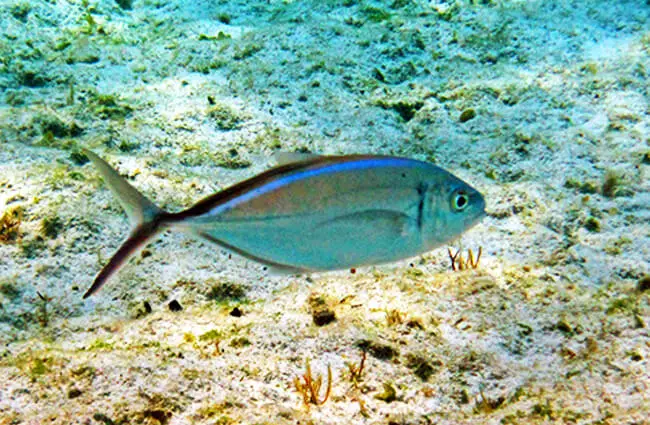
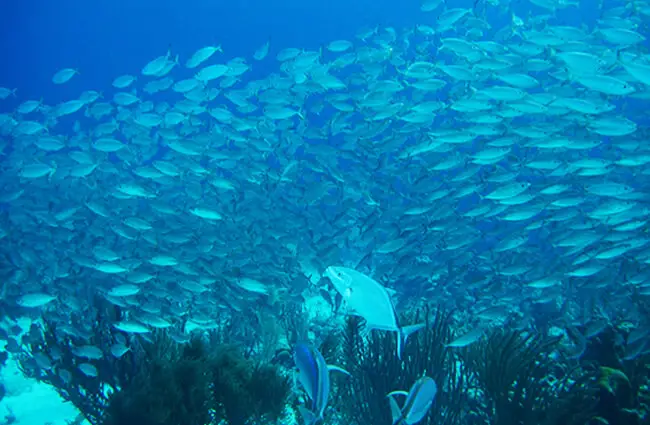


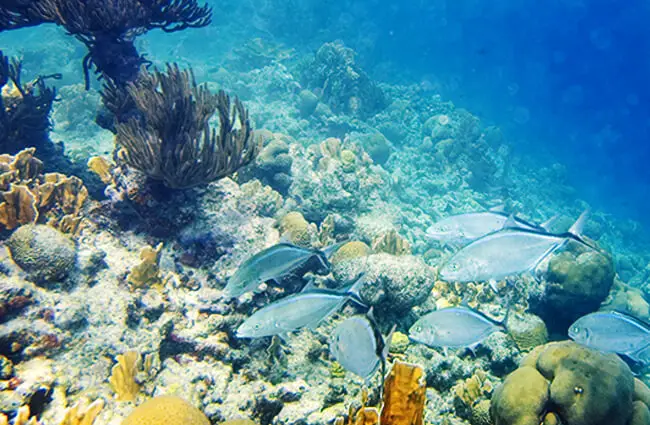

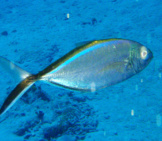
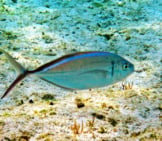

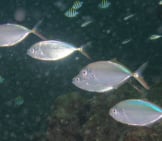



![Red Angus Closeup of a beautiful Red Angus cowPhoto by: U.S. Department of Agriculture [pubic domain]https://creativecommons.org/licenses/by/2.0/](https://animals.net/wp-content/uploads/2020/03/Red-Angus-4-238x178.jpg)












![Red Angus Closeup of a beautiful Red Angus cowPhoto by: U.S. Department of Agriculture [pubic domain]https://creativecommons.org/licenses/by/2.0/](https://animals.net/wp-content/uploads/2020/03/Red-Angus-4-100x75.jpg)

